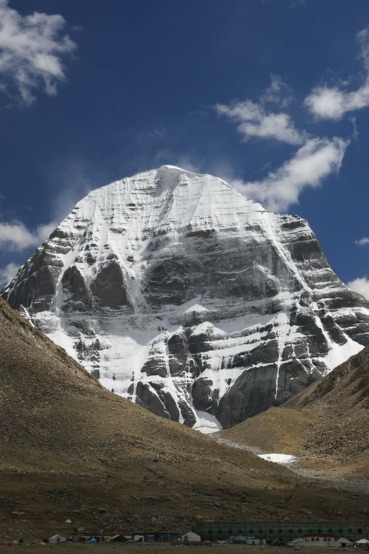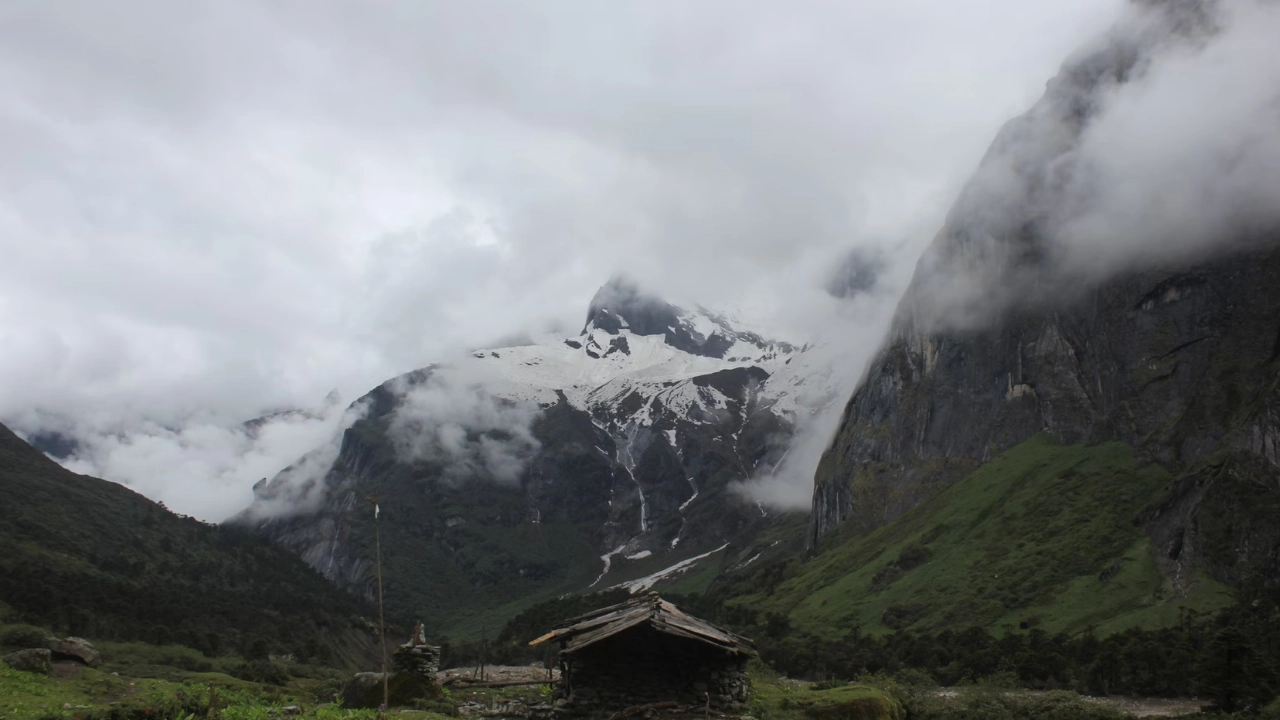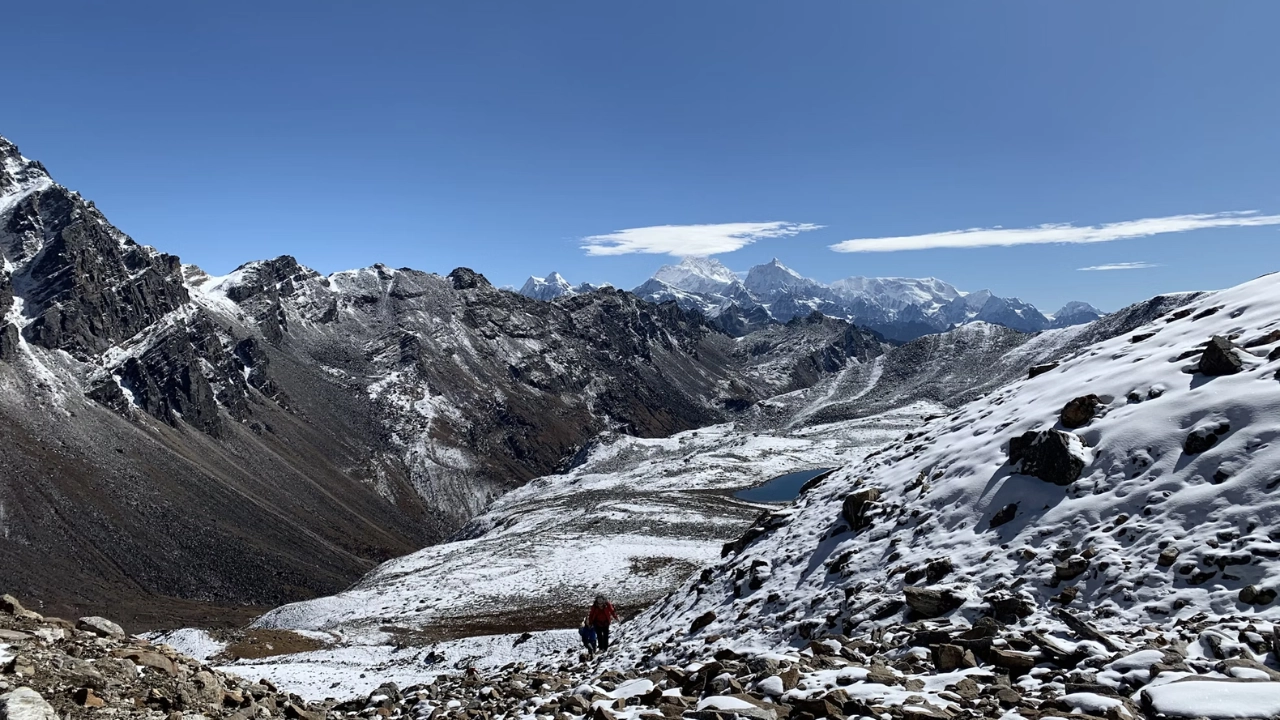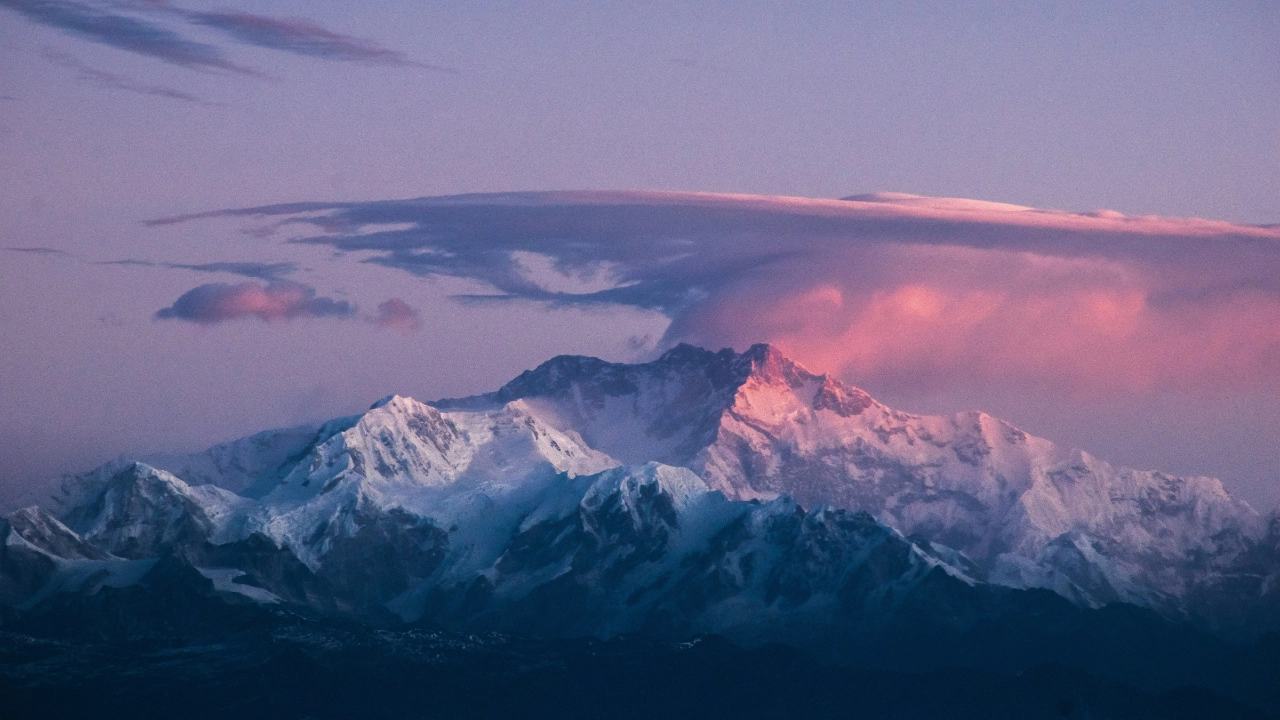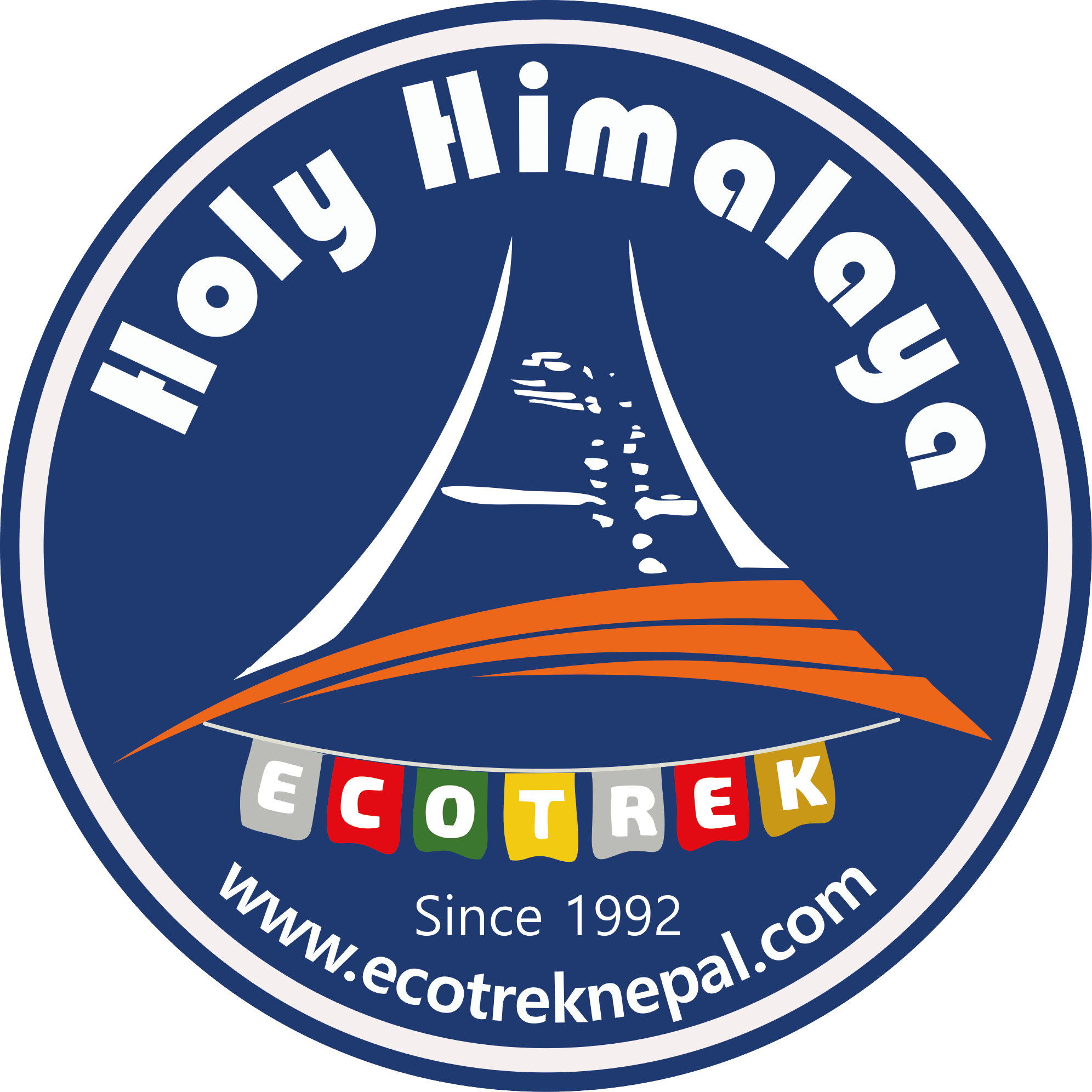
Makalu Base Camp Trek
Tour snapshot
19 Days
2 persons
Nepal
Trekking in Nepal
Overview
Embark on an exhilarating adventure to the mighty Makalu, standing tall at 8,466 metres and claiming its place as the 5th highest peak on Earth! Brace yourself for the roller coaster ride that is the Makalu Base Camp trek, where each day presents a thrilling challenge with elevation gains and losses of up to 3,000 feet and sometimes even soaring beyond 5,000 feet! For the daring souls seeking an adrenaline rush and willing to embrace a lifestyle of simplicity amidst basic facilities, this trail to Makalu Base Camp is an absolute hidden treasure waiting to be discovered!
Highlights
- Trek to the base of the world's fifth highest mountain.
- Explore rugged terrain in eastern Nepal.
- Transverse stunning rhododendron forests.
- Witness panoramic views of mountains like Everest (8,848.86m.), Lhotse (8,516m.), Chamlang (7,319m.), Baruntse (7,129m.), and many other mountain peaks.
- Discover rare wildlife in Makalu Barun National Park.
- Immerse in rural life and Sherpa culture.
Itinerary



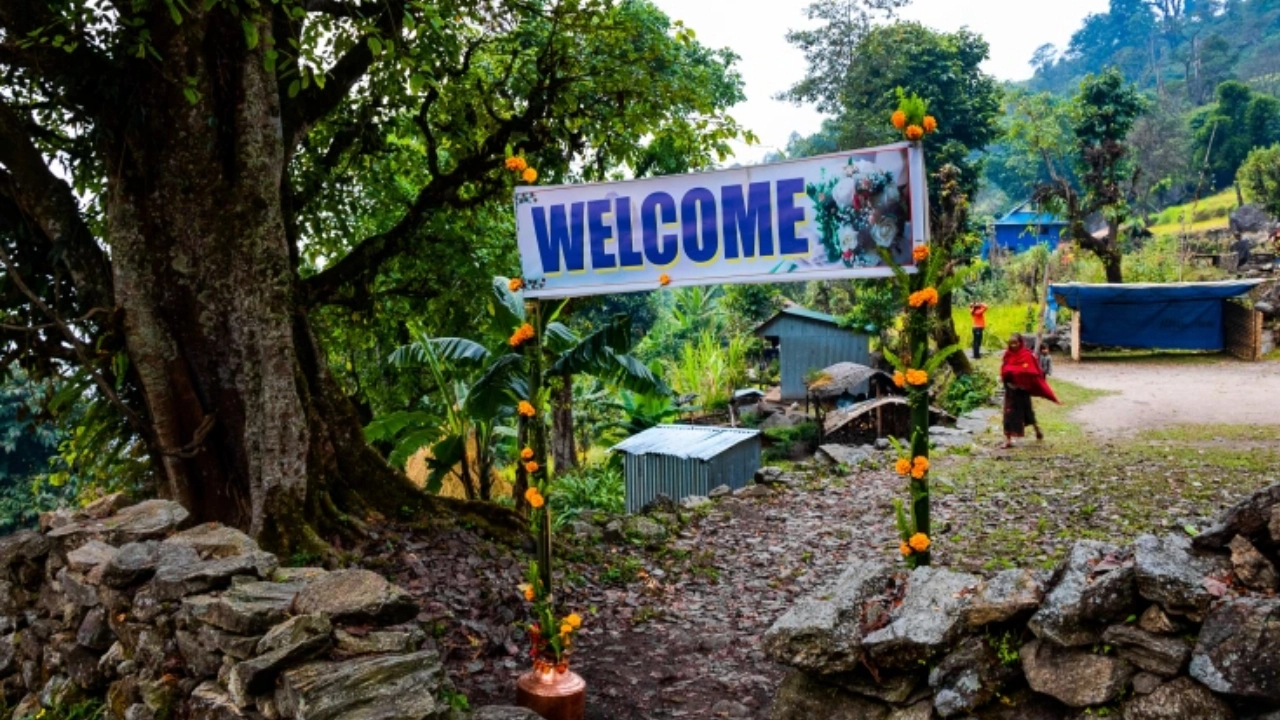
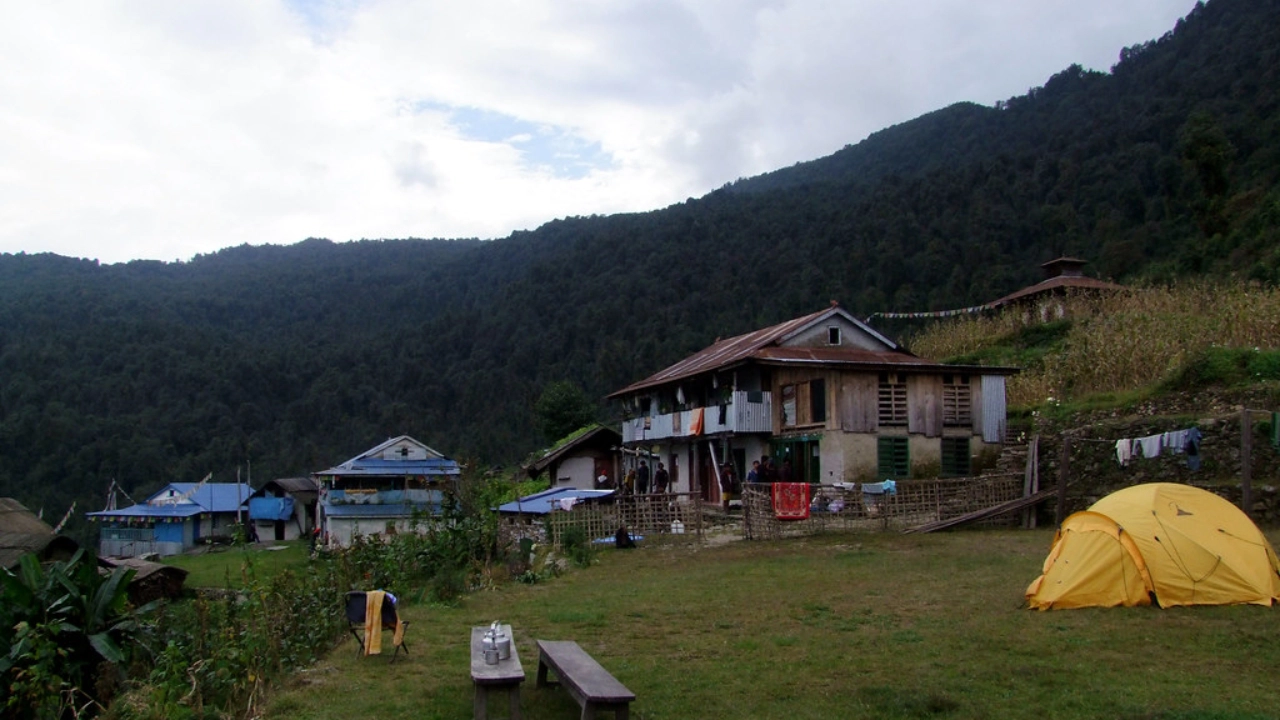
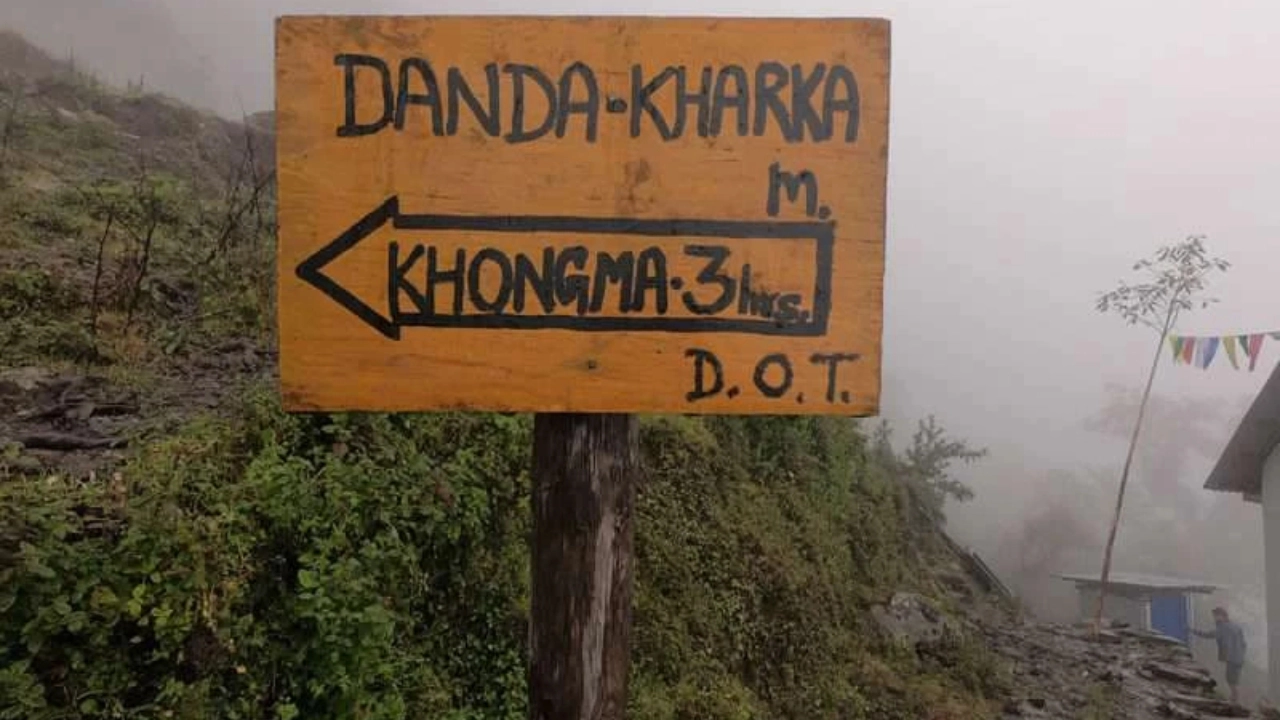

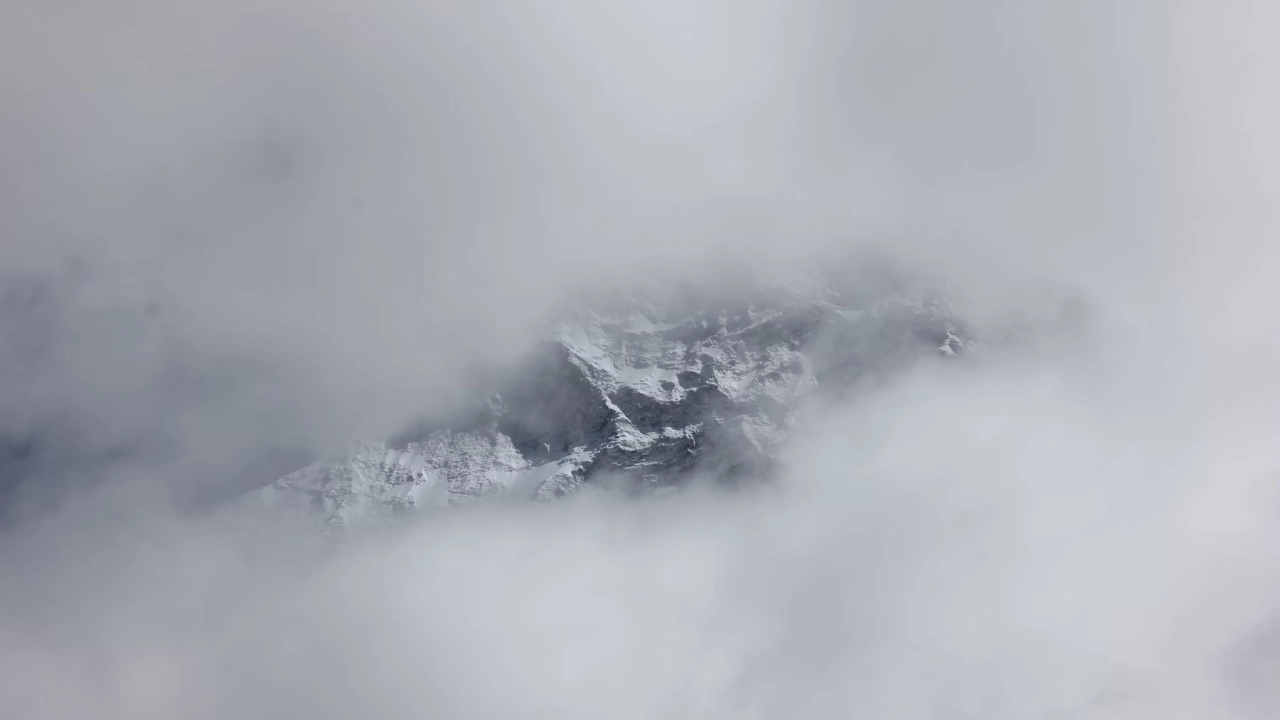



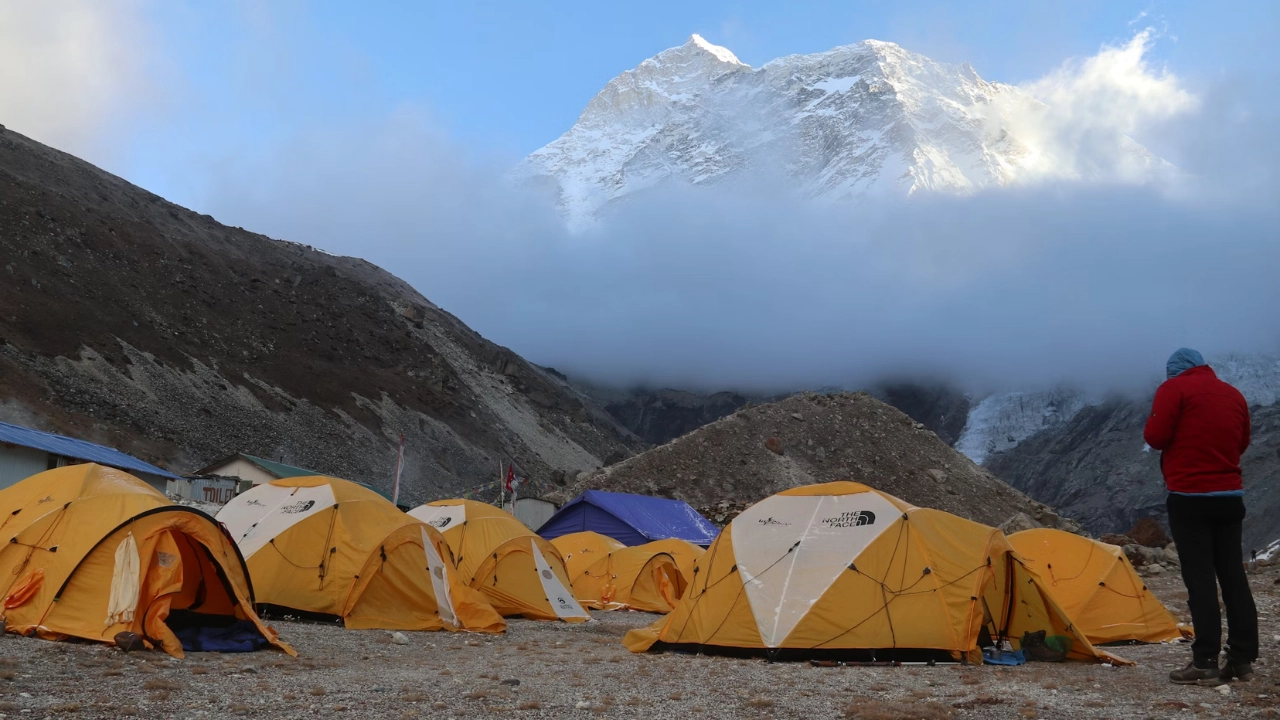







Included/Excluded
Service Fee Only, Explore Nepal Fully!
Select Dates
{{type.name}}
{{type.display_price}} per person
Guests
Extra prices:
- {{total_price_html}}
- {{pay_now_price_html}}
FAQs about Makalu Base Camp Trek

The best time to trek to Makalu Base Camp is in autumn (September–November) and spring (March–May). The weather during these seasons is dominated by clear skies and cool temperatures. Spring brings with it warm, sunny weather with occasional snowfall at high altitudes. You will still get some snow and ice over the high passes, but clear skies give you the most spectacular mountain views. Leading up to summer, it gets warmer; the landscape looks lush and green with a myriad of wildflowers and rhododendrons that bloom, making the scenery vibrant.

Along the route, there are basic homestay tea lodges with twin beds, hard coats, and blankets. For cold nights, a sleeping bag, pillow, and lining are recommended. Most camps, including Makalu Base Camp, have three tea houses. Each lodge can accommodate six to eight people daily, so larger groups may need to split up or camp. Accommodation is basic: rooms are simple, shared toilets and bathrooms. It is a good idea to book in advance to ensure availability. Toilets are Nepali style, and hot water can be provided for showers at an extra cost. Guests stay and eat at the same teahouse; it is considered impolite to eat at one teahouse and sleep at another. Tea houses offer simple meals like 'Dal Bhat,' fried rice, chow mein, and eggs. Menus are limited, so it’s best to ask the tea house owner about food options. If you have specific dietary needs, bring your own frozen or dried foods.

A Trekkers' Information Management Systems (TIMS) card is required for trekking in Makalu Base Camp. For the first four weeks, an additional entry fee of USD 20 per person per week is charged by Makalu Rural Municipality. After four weeks, the fee increases to USD 25 per person per week. The TIMS card can be purchased in Kathmandu, and the admission fee is collected at the entrance of Makalu Barun National Park. Permits can also be collected on the trail from our guides.

The Makalu Base Camp Trek is an adventure in itself: a difficult trek to reach because of geographic isolation, unstable weather conditions, and high-altitude passes. It's a less crowded destination but full of natural wonder. Altitudes vary between 430 meters and over 4870 meters; some days, trekkers can be asked to ascend or descend as much as 1500 meters. This may mean eight hours of hiking per day upwards. Between the camps, there are no shelters or food settlements after Tashigaon, and a few lodges and tea houses hardly offer any convenience. Therefore, carrying sufficient food and water for the trail is essential.

Telecommunication services on the Makalu Base Camp trek are limited. Connectivity is strong and reliable at lower altitudes but becomes rarer and weaker as you ascend. GSM and CDMA networks from NTC and Ncell are available with Internet access, though Wi-Fi is not an option. This is a wilderness trek, so let the lack of Internet connectivity for a few days be anticipated. Below 3,000 m, partial cell phone service is available, and at higher altitude, satellite phones are available. In case of emergency, guides will have satellite phones, which keep you just a phone call away from emergency response. Telephone connectivity lack should not be an issue.

The Makalu Base Camp Trek is one of the most remote treks that requires the best physical fitness, with high altitude and challenging trails. A trekker should be strong in stamina and endurance, able to walk 5–7 hours daily on steep ascents and rugged paths. Though prior trekking experience is not mandatory, familiarity with multi-day high-altitude treks is very helpful. The risk of altitude sickness is great, since this trek reaches more than 5,000 meters above sea level. Proper acclimatization, hydration, and being aware of the symptoms of headache or dizziness are of much importance regarding safety and a successful trek.

WiFi is increasingly available at guesthouses throughout the trek but comes with a charge depending on what altitude you are at, and gives patchy coverage. You can use local SIM cards, either NCELL or NTC, when trekking, but NTC has better phone signal and data connection on the Manaslu Circuit trek. Charging batteries are freely available for the first couple of days, but this doesn’t last long. After you ascend to a higher elevation, it will cost you NPR 200 and more to charge your electronics, depending on the device you want to charge.

